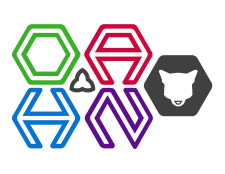OAHN Wildlife Project: Botulism Test Development (in progress)

Project Lead: Dr. Claire Jardine and Dr. Alex Reid
Project Proposal
The main objective of this project is to validate multiplex qPCR tests for detection of botulism toxin genes including toxin types A, B, C, D, E, and F in diagnostic samples. Currently, there is no veterinary diagnostic labs in Canada that offer testing for botulism. As a result, all samples are shipped and tested in the USA making this testing cost prohibitive and reducing the number of samples tested creating a gap in animal disease surveillance effort, as many cases of botulism are not officially recorded through diagnostic labs. Based on our past experience mouse protection test, even though very sensitive, was not sustainable because of expenses associated with animal care and more importantly concerns regarding animal use in diagnostics. Because AHL stopped offering mouse protection test there is a need to address this gap in diagnostics and surveillance and to look for alternative test for botulism detection.
qPCR is a very common method used in diagnostic labs for detection of variety of pathogens indicating wide availability of technology and expertise. It was also used successfully in research projects for detection of botulism toxins gene fragments. Hence, sequence information for primers and probes are publically available. However, based on published information detection of each toxin type was done individually meaning that there are 6 qPCR reaction for each sample in order to detect toxin type present. Our goal is to use sequence information of primers and probes and to validate multiplex qPCR where 3 toxin types can be detected per reaction reducing the cost and time needed for diagnostics. In addition, we are planning to validate two different sample types for botulism detection.
Once developed our method will be used for confirmation of botulism in different animal species, as this disease is not restricted to avian species only. Wide coverage of this method should close the surveillance gaps created by discontinuation of mouse protection assay for botulism detection in Ontario.

